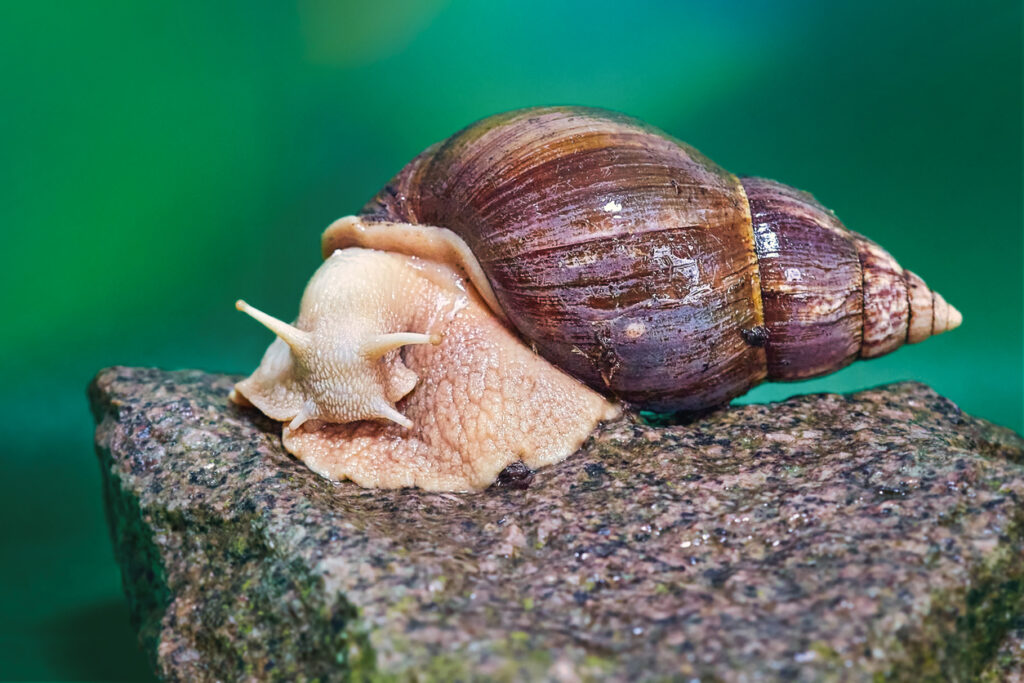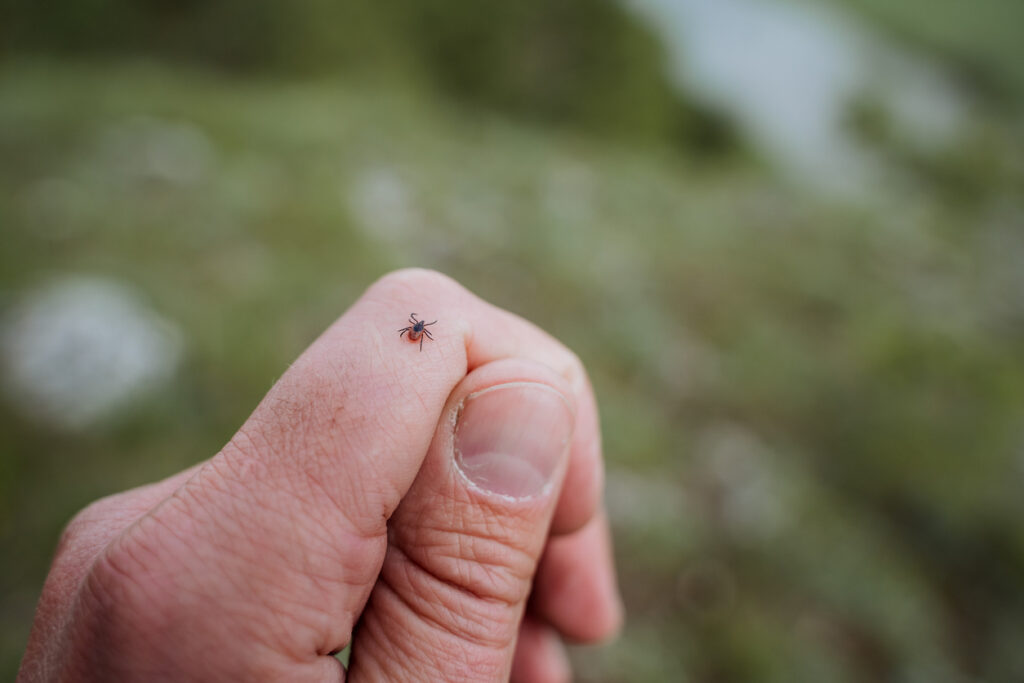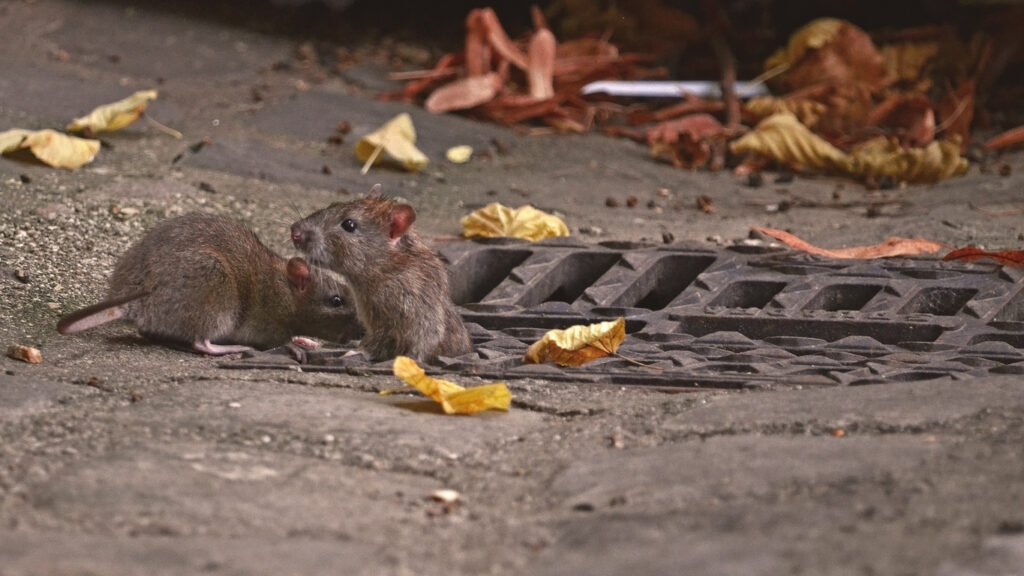Invisible Threats in Our Surroundings

Some animals are natural carriers of diseases, coexisting with pathogens without showing signs of illness. These creatures play a significant role in spreading infections to humans. In this article, we’ll explore the animals that act as disease vectors and explain why they pose a serious health risk.
1. Bats

Bats, with their eerie nocturnal habits, are nature’s perfect disease couriers. Known to harbor viruses like rabies, Nipah, and even the infamous SARS and Ebola, these winged mammals carry pathogens without falling ill. Their silent flights and vast migrations make them unwitting distributors of some of the world’s deadliest outbreaks, transforming fear into a haunting reality.
2. Snails

Snails, surprisingly, are lethal disease spreaders in disguise. Freshwater snails host parasitic worms that cause schistosomiasis, a disease impacting millions globally. The parasites emerge from these slimy carriers, entering unsuspecting humans through water contact. Beneath their slow, harmless appearance lies a threat capable of devastating entire communities.
3. Mosquitos

Mosquitoes might seem like insignificant insects, but their bite can unleash a cascade of horrors. These buzzing terrors are responsible for spreading malaria, dengue, Zika, and yellow fever. With their uncanny ability to infect millions annually, they’ve become one of the deadliest creatures on Earth. A single bite can spiral into a fight for survival, proving these pests are no small matter.
4. Poultry

Chickens and other poultry, while central to human diets, can carry avian influenza and salmonella. Their droppings and close contact with humans create perfect conditions for these diseases to spread. What seems like an ordinary farm animal can quickly become a harbinger of pandemics, reminding us that familiarity breeds not just comfort but also danger.
5. Ticks

Ticks, hiding in plain sight, are masters of stealth and destruction. A single tick bite can transmit Lyme disease, babesiosis, and the deadly Rocky Mountain spotted fever. These bloodsuckers attach unnoticed and can go undetected until it’s too late. The danger lies not in their bite but in the ticking time bomb of disease they leave behind.
6. Rats

Rodents are everywhere, scurrying through our cities and homes, but their presence comes with a deadly cost. These furry invaders are notorious for spreading hantavirus, leptospirosis, and even the plague. Their droppings and urine contaminate surfaces and air, turning everyday spaces into zones of invisible peril. Where rodents roam, danger inevitably follows.
7. Cats

Cats, beloved by many, are sometimes unwitting culprits in disease transmission. Through their feces, they spread toxoplasmosis, a parasite with severe implications for pregnant women and immunocompromised individuals. This hidden danger, paired with their proximity to humans, makes these furry companions an unexpected vector of silent harm.
8. Kissing Bugs

Kissing bugs, with their deceptive name, are far from affectionate. They transmit Chagas disease through their bite, a condition that can silently attack the heart and digestive system for years. Found in crevices and cracks, these bloodsuckers turn their nocturnal feedings into a nightmare that leaves lifelong scars.
9. Tsetse Flies

Tsetse flies, innocuous at first glance, are carriers of sleeping sickness, a disease that ravages the nervous system. Their bite delivers a deadly parasite that disrupts sleep patterns and leads to neurological damage. Found in sub-Saharan Africa, their tiny presence casts a massive shadow over human health.
10. Box Jellyfish

Box jellyfish, with their transparent beauty, hide a lethal sting. While not an animal in the conventional sense, their venom can cause Irukandji syndrome, a condition leading to excruciating pain, heart failure, and even death. Found in tropical waters, these ocean dwellers bring peril to paradise, proving danger lurks even in serene settings.
